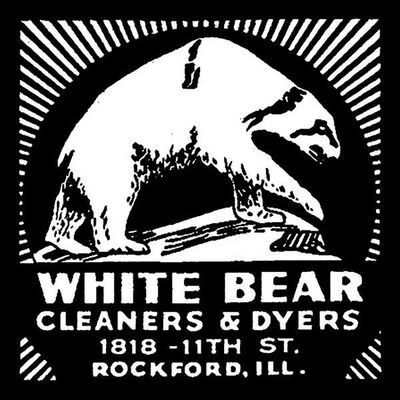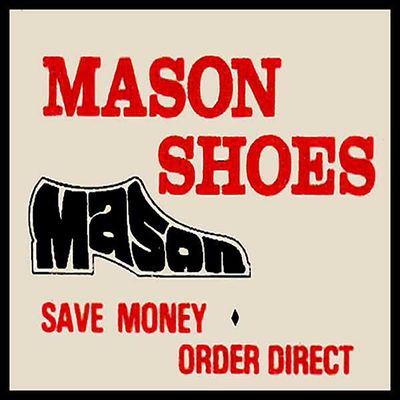Fashion on Fire: How Clothing Brands Used Matchbooks to Advertise Their Products
In the mid-20th century, matchbook covers emerged as a highly effective and creative advertising medium, utilized by various industries to reach a broad audience. Among the most innovative users of this miniature marketing canvas were clothing brands. From high fashion to everyday wear, clothing brands found matchbooks to be a practical and engaging way to promote their products, ensuring that their names stayed in the minds of consumers long after the matches were used.
The Appeal of Matchbook Advertising
Matchbooks were an omnipresent item in American life, found in bars, restaurants, hotels, and stores. Their small size and practical utility made them a perfect advertising tool, as they were frequently used and often carried around, ensuring repeated exposure to the brand’s message. For clothing brands, this meant their logos, slogans, and product images could be seen by a wide audience, fostering brand recognition and loyalty.
High Fashion on a Small Scale
Prominent clothing brands such as Arrow Shirts and Levi’s were quick to capitalize on the matchbook advertising trend. Arrow Shirts, known for their high-quality dress shirts, used matchbook covers to emphasize elegance and sophistication. The covers often featured stylish gentlemen in crisp Arrow shirts, accompanied by slogans like "For the Man Who Cares." These matchbooks were distributed in upscale venues, aligning the brand with a sense of refinement and quality.
Levi’s, synonymous with durable and fashionable denim, used matchbook covers to highlight their rugged and versatile jeans. The covers depicted images of cowboys and workers, reinforcing Levi’s identity as the go-to brand for durable, high-quality denim. Slogans such as "Levi’s – For Every Occasion" and images of the iconic 501 jeans helped cement the brand’s place in the casual wear market.
Everyday Wear and Local Appeal
Local and regional clothing brands also embraced matchbook advertising to build their presence in the community. Department stores and local boutiques produced matchbook covers featuring their latest fashions, store logos, and addresses. These matchbooks served as a handy reminder of the store’s location and offerings, encouraging repeat visits.
For example, local shops might depict seasonal fashions or promotional sales, ensuring that their matchbooks were not just functional but also informative. These covers often became collectible items, cherished by customers and serving as a nostalgic reminder of local shopping experiences.
Specialty and Niche Brands
Specialty clothing brands, such as those focused on sportswear, workwear, and children’s clothing, also found matchbook advertising to be a valuable tool. Brands like Jantzen Swimwear used matchbook covers to showcase stylish swimsuits, often featuring beach scenes and active swimmers. Slogans like "Jantzen – The Suit That Changed Bathing" promoted the brand’s innovative designs and comfortable fits.
Workwear brands highlighted the durability and functionality of their products. Matchbook covers for brands like Carhartt and Dickies depicted workers in tough, reliable clothing, accompanied by slogans emphasizing strength and longevity. These practical advertisements reinforced the brand’s reputation for producing high-quality workwear that could withstand the demands of tough jobs.
The Lasting Impact
The use of matchbook covers for advertising clothing brands was more than just a marketing strategy; it was a cultural phenomenon. These tiny advertisements captured the essence of the brand, delivering it directly into the hands of potential customers. The portability and practicality of matchbooks ensured that the brand’s message traveled with the consumer, creating numerous opportunities for repeated exposure.
Moreover, the collectible nature of these matchbooks turned them into lasting memorabilia, preserving the brand’s legacy long after the matches were gone. They serve as a nostalgic reminder of the days when fashion was promoted through these miniature canvases, reflecting the creativity and ingenuity of mid-20th-century advertising.
Conclusion
Clothing brands effectively used matchbook covers to advertise their products, turning a practical item into a powerful marketing tool. From high fashion to everyday wear, these brands utilized the small yet impactful space on matchbook covers to showcase their products, slogans, and brand identities. This innovative form of advertising ensured that their messages reached a wide audience, creating lasting impressions and fostering brand loyalty. Through creative designs and strategic distribution, clothing brands successfully embedded themselves into the daily lives of consumers, leaving a lasting legacy in the world of fashion advertising.





